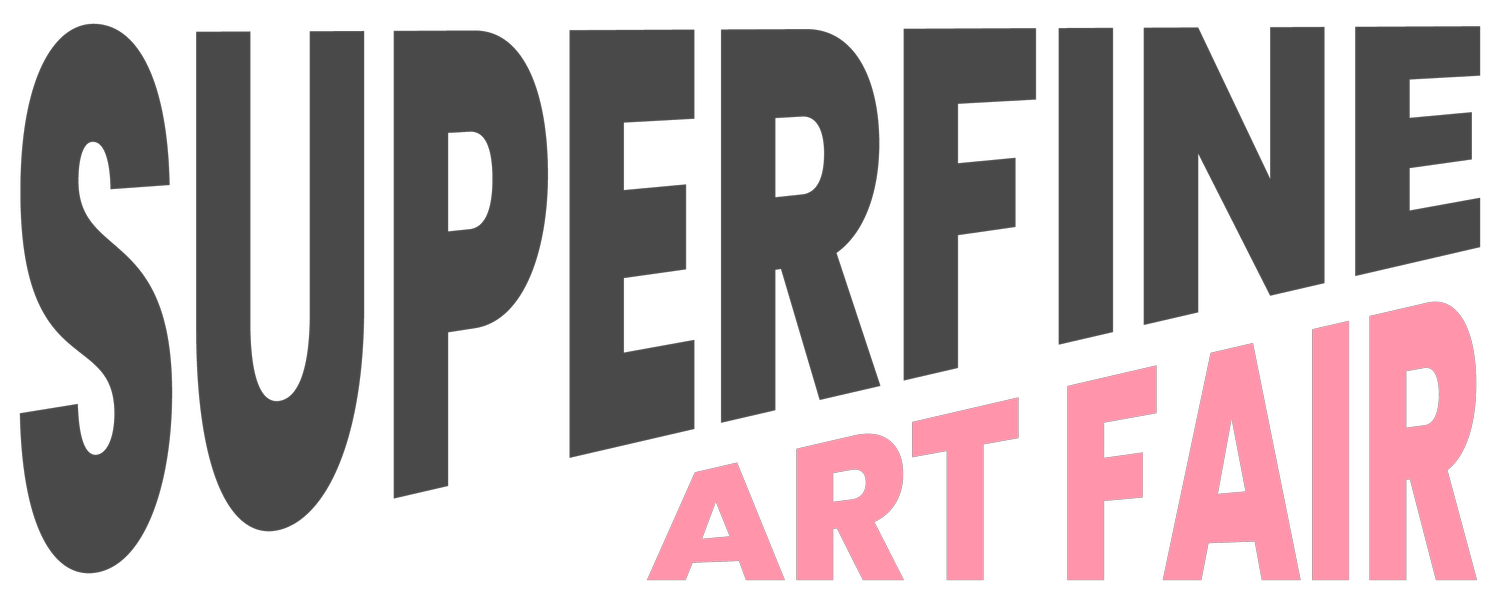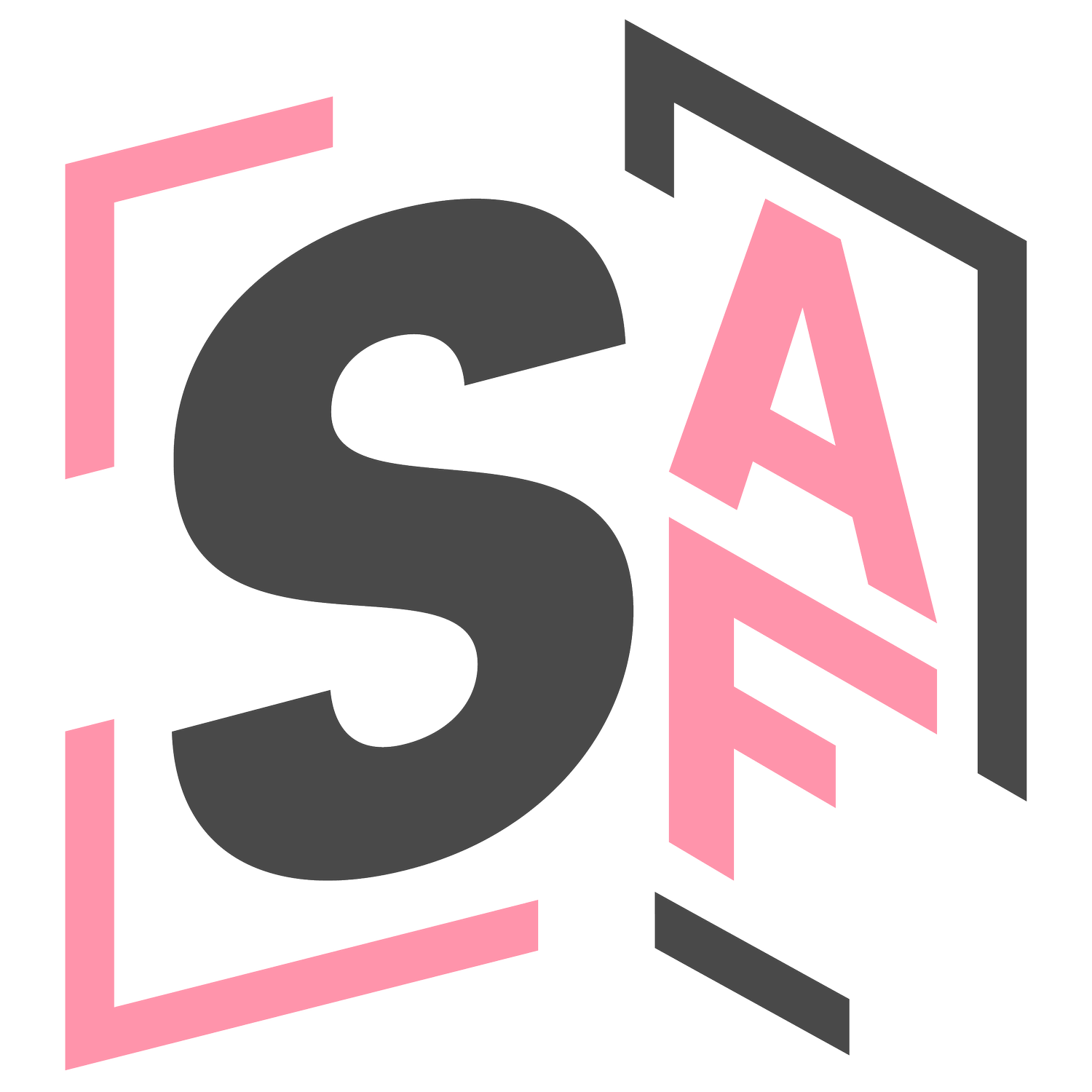What's Happening in the Emerging Art World of Sculpture
“So, there’s still this idea that, right now, when people look at sculpture, they don't necessarily always know what it is they're looking at or how to assimilate it.”
That’s Nicole Capozzi, owner of the BoxHeart Gallery in Pittsburgh, PA. Together with her husband Joshua Hogan, Nicole has curated and hosted over 300 exhibitions for nearly 17 years. We spoke with her at the recent Superfine! Art Fair in downtown New York City about where sculpture is in 2018, and where it’s going.
“I think I started—I’m trying to remember when I started undergrad. 2009, I’m pretty sure. No, sorry, yeah, 2009. I didn’t start with ceramics at all, it was kind of like painting and whatnot. And then, I think I started making anything remotely decent in ceramics in 2013. And then I just became addicted to it. It became a part of everyday for me.”
And that’s Hannah Pierce, a rising sculptor currently finishing her studies as an MFA candidate in Ceramics at Edinboro University of Pennsylvania. She has exhibited her work nationally at several shows and will be represented by BoxHeart Gallery at Superfine! in the fall.
We spoke with Hannah and Nicole about the trends and predictions, aesthetics and assemblages, and hybrids and separations that can be seen in the emerging art world of sculpture today.
"Noxious" by Hannah Pierce
What are the current trends in contemporary sculpture?
Nicole: We always try to show a whole mix of things. I mean, they call the art movement now ‘the new contemporize art movement’ or ‘new contemporary art.’ I don't know if it's new, or if it's just contemporary art. [laughs] Like, if it's new to you, then awesome. … I'm not sure I would be able to say what's the trend, what's hot. I know what I like, and what I like to show. Usually it just has more to do with something inherently in the work that I feel is a little different, where the artist is able to create a hybrid of a whole bunch of different selves that makes it uniquely their own, instead of them regurgitating out something that already exists.
Hannah: I noticed that ceramics is being a little more included in the mix. I keep seeing more and more ceramics—it’s funny, because it’s the kind of stuff that doesn’t look like ceramics. It’s being disguised and called ‘mixed media.’ It’s kind of strange because for me, I’m like very technical, and I like doing representational stuff. And I feel like ceramic sculpture, there’s a looser thing happening right now. I think there’s a wave of very chunky, glaze-y, quick, fun work. And I’m kind of hoping that the tighter, more technical work comes back into the mix. A little less abstract work. I think stuff like that happens in waves, where it becomes uncool for a bit and then it comes back.
Is that where sculpture is right now – abstract and chunky?
Nicole: It's hard to say, in such a broad context like that, ‘Where is it?’ I think it depends on what audience it is that we're talking about and what type of ceramics it is we're talking about. Because we could be talking about giant public art sculptures that are usually some kind of stainless steel or bronze, or we could be talking about hand folded paper. Y'know, there's such a range of materials and contexts and concepts and all these things that artists do.
Hannah: Yeah, from my perspective. I don’t look through Sculpture Magazine and see figurative work, per se. I think there are a lot of painters getting more sculptural. Like Swoon, she’s one of my favorite artists. But she does representational work, started with printmaking, woodcut-type things and has become more and more sculptural. So, I feel like there are more painters that I’m interested in that are doing that.
Has sculpture entered a hybrid stage where anything goes?
Nicole: I would say yeah, but that would be true of almost any art, whether it's 2D, 3D, assemblage—it could be wall sculpture. Sherry Rusinack's work is sculpture, but it hangs on the wall. She's an assemblage artist, so she's using mostly found objects to kind of juxtapose and put in different shades of things. So, she starts with Styrofoam that's burned into a shape. In this case, it's like an animal or face-kind of shapes. From there, she's gluing on old watch parts, bell parts, leather pieces, in some cases random pieces of wood, in order to create these compositions that could be somewhat recognizable. So that's a whole slew of materials right there.
Art by Sherry Rusinack
Art by Andrew Ooi
Andrew Ooi is a paper artist. So, this is a table sculpture—or wall sculpture, depending on how you install it—but it's all made from paper that's folded. So, it could be anything. But even 2D artwork falls into that category. Whether it's acrylic paints, oil paints, transparencies, I mean, there's just so many materials artists are using these days. Most artists are process-based, whatever they get their hands on.
Hannah: Yeah, definitely, I think so. I don’t think you’ll see it yet, specifically at sculpture shows or magazines or whatnot. But maybe later. I noticed from applying to a lot of stuff that isn’t ceramics shows or sculpture shows, they’re very less likely to choose ceramic work for some reason. I think there’s definitely a bit of separation there. And knowing a lot of sculptors, they kind of treat clay like a foreign material or something separate.
What do you mean by ‘separation?
Hannah: I think it’s because ceramic has been considered solely ‘craft’ for so long. And having, like, the pottery background. I think ceramicists have separated themselves. Y’know, there’s the National Ceramics Conference every year, and I think there’s more and more mixed media in that. But it could, uh, happen a little faster. [laughs] But I think since ceramicists have separated themselves in that way and they don’t really go to sculpture conferences and stuff like that, there’s just not clay in the larger sculptural world too much. So that’s why I would kind of see it as foreign material. And then in schools, most departments, there’s a ceramic department and a sculpture department and they don’t intermix too often, which is super interesting.
Who in sculpture should we be paying attention to now?
Nicole: There's an artist that is in Michigan. His name is Robert Mirek. I really, really like his work. He would be a kind of a hybrid, too, because not only is he using mixed media it's not really found, and he's carving it out and makes it into all these strange, weird, and wonderful configurations and shapes. They almost become like a language when they're displayed. It's hard to explain in words, you have to see it all laid out, like 'Oh, I get it.' It's crazy.
Hannah: Juz Kitson is really interesting to me because she’s blending ceramic, fur, and glass, and so many interesting materials and puts it in this form where it’s really interesting to the viewer. It’s such a mixture, you’re not sure what it’s made of and you just want to touch it. And there’s an abstract quality about—it’s kind of between abstract and representational for me, because it can look like a lot of different things. And her work is just really beautiful. And Erika Sanada, her work is really great. You don’t necessarily think of clay when you see it. Because it’s just so refined and textured. Her work’s very, very technical, which I like. And kind of in the pop surrealist realm, which I also really like. But Juz [Kitson], I think she’s important because she’s found a huge audience for herself while doing ceramic, which is really difficult. I would also like to add the Haas Brothers into that mix. I think they are doing beautiful things with blending different mediums and bringing ceramics into their work, such as Kitson. Unlike Kitson, they also make sculptural furniture.
Art by Sherry Rusinack
Any predictions for sculpture in 2018 and beyond?
Nicole: I hope it continues to be something that people don't have as much trouble understanding that it can be a part of their life. It can be something that they take home and enjoy. And that it doesn't have to have a function to do that. Because sculpture is also glass! Some sculpture can have a function. It can be a vase. Ceramics can have a function. Your sculpture can be your mug that you use everyday. People don't have as much of a hard time with that because it has use to them. Sculpture can be your jewelry. And there's a whole other line that gets blurred because some artists don't want to be considered contemporary craft artists.
Hannah: It’s hard to say. I think for a while, the blend between all the different mediums. More mixed media, not limiting oneself to one medium that you work on forever. I think that’s pretty big. And maybe, I think people are burning out on overly conceptual work, too, it seems like, from most people I talk to. I think there might be a change in that—a flow transition. I think there might be more people that make representational work, but it’s also conceptual. They also have thoughts behind it, but it’s not all about the thought.
What would you tell a collector? Or beginning sculptor?
Nicole: I always tell people that are interested in art to always buy what they love. That when they wake up in the morning and look at it, they will always be happy to see it there. That it will continue to inspire them—it could just be an object or whatever—that just continuously brings them some kind of inspiration and joy, that's the whole point of all art, I think.
Hannah: I guess I would say you’ll get a lot of work [if you] make what’s important to you and not try to fit the marketplace because there’s a gallery and an audience for everyone. And also, styles that are popular come in waves. So, your time will come. [laughs]






